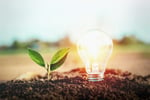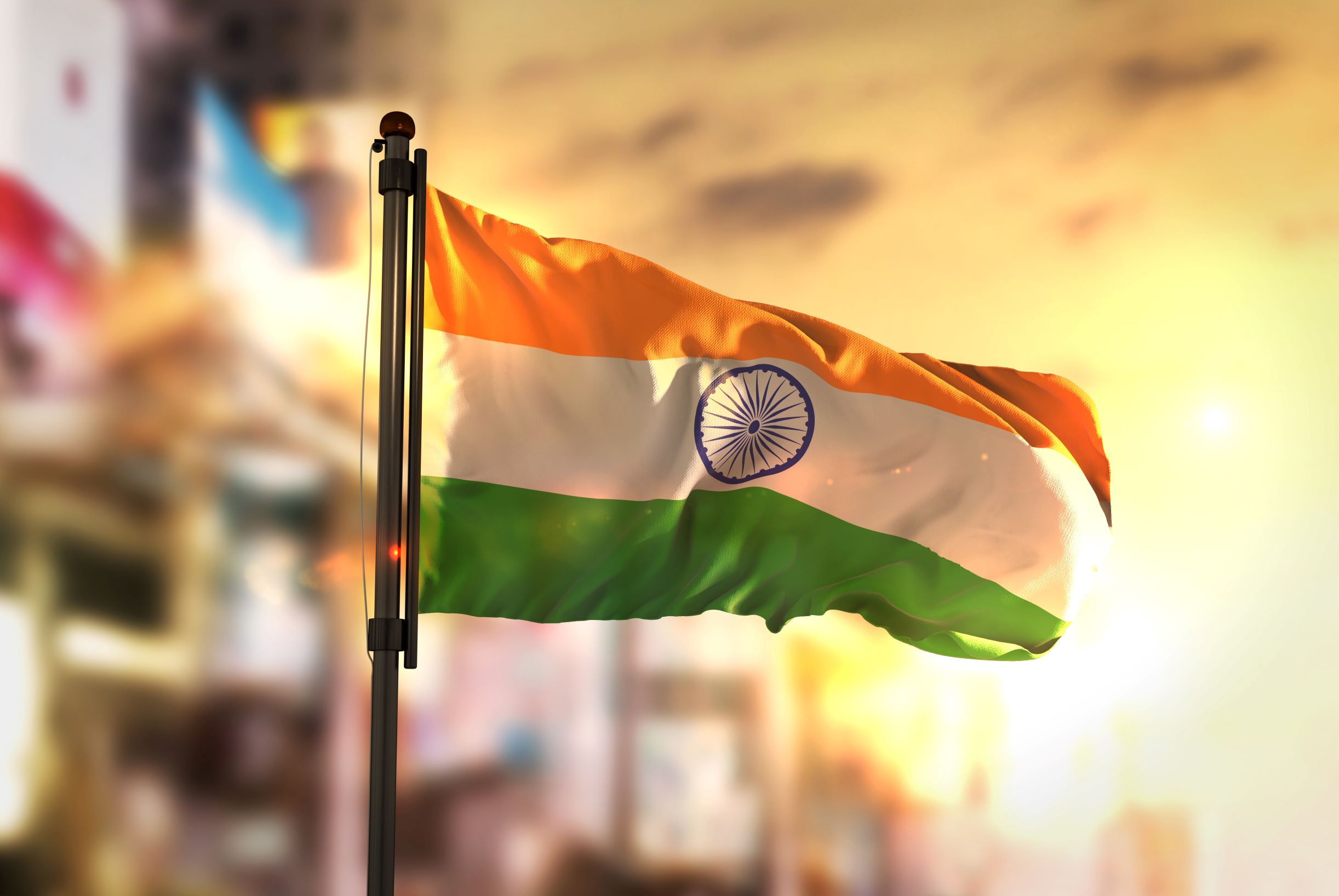Building Back Better… More than ever before, that means Modular Construction
Classical economics taught us capital assets are brought together (for production) on a sound base of the most up to date technology available, and organised solely with productivity in mind, which sort of makes sense: why build a production line with out of date machinery or adopt a hopelessly inefficient design model (kettles without a spout anyone)? Well, up to a point that is right, but it’s only half the story. Just ask yourself this: what if the technology base in question is hit by a sudden external shock, like a tsunami or a hurricane or, perhaps more pertinently, a global pandemic. Does that make the capital asset more or less productive? The perhaps surprising answer is, more productive. Economists call it “Accelerated Depreciation”: in the aftermath of external shocks producers tend to invest in new technology, leading to more efficient operations and increased productivity…welcome to the world of “Build Back Better”.
We’re witnessing a prime example of it right now in construction markets across the globe, where affordable housing has never been in such short supply and there has never been such a shortage of hospitals and schools. Rising populations are unremitting in their demand for a sufficient stock of all three, delivered to ever more rigorous timeframes and creating an unprecedented shock to the supply base.
Which is precisely why the construction sector is now progressively moving away from conventional building technologies (all of them singularly ill equipped to meet demand at the best of times, and these aren’t the best of times), everywhere adopting more efficient modular technologies to get the job done.
So what about building better?
According to research published earlier this year by McKinsey (“Modular Construction: From Projects to Products”), as soon as modular production rises above 1,000 units a year to meet increased demand, productivity also increase significantly, spiking at 5,000 units with a healthy 5% increase in productivity: in other words, at these increased levels of output (a natural corollary, lets remember, of increased demand) £50 worth of output is produced for every £1000 invested, without a single extra penny being spent.
All well and good, but of course the practical issue for modular producers is whether they can secure a pipeline of demand capable of taking up increased production at these levels.
One alternative is to adopt the BloKlok Model: a Swedish joint venture between Skanska and Ikea, where Skansa looks after all production operations (producing modular units for apartment blocks, houses and flats), and then spreads the manufacturing process across multiple sub-contracted facilities in Sweden, Poland and the Baltic States: each factory sequentially engaging on a “waterfall” basis and producing units only when demand hits predetermined thresholds, with the “home” factory in Sweden always running at 100% utilisation regardless of demand levels elsewhere…safe expansion guaranteed, Stockholm beancounters kept happy.
And then there’s perhaps the easier, practical option of simply building a modular facility big enough in a territory with already enough unmet demand to meet increased production levels. You don’t need to look any further for that than the new 40 acre Modulex factory in Pune: big enough to produce 200,000 square meters of units annually and well positioned meet a sizeable chunk of the demand building up right outside its windows, because the Indian Government is currently committed to building 20 Million new urban homes at a rate of more than five a minute, every hour of every day until 2022. Only modular construction has the capacity to meet such a formidable challenge, and Pune is the right place to do it from.
And as part of this same productivity mix, design is also an important factor: creating standardised units that can still be integrated into the supply chain and homes that will actually sell. The correct modular design model will improve productivity levels even further, by between 3% and 12% (McKinsey again): and to illustrate that, just imagine a smartphone with 95% standard components but a few engaging “extras”, where the extras generate additional demand and improved profitability leveraged from virtually the same cost platform. It’s the same for modular platforms…good design is the “extra” and it makes all the difference.
Taken together, scalability and good design (two of many factors) can result in productivity savings of between 20% and 30%: in other words, up to £300 extra for every £1000 invested (with no additional spend).
Little wonder then that Modular Construction is set so fair at the moment: disrupting traditional markets and responding to external shocks in a way conventional technologies could never dream of doing…It’s all about building back better.
Modulex Construction is the World’s largest Steel Modular Building Company. It was established by Red Ribbon to harness the full potential of these fast evolving technologies and deliver at pace to meet the evolving needs of the community

Modulex Construction is the World’s largest and India’s first Steel Modular Building Company. It was established by Red Ribbon to harness the full potential of these fast-evolving technologies and deliver at a pace to meet the evolving needs of the community.
Executive Overview
We’re currently facing shortages of domestic housing and essential public buildings all across the globe, and it’s a real shock to the existing supply structures. Like many of us, I just don’t believe conventional construction technologies are capable of rising to the challenges at the pace, volume and quality this demands.
That’s why I’m so sure modular construction will be so important to all our futures: delivering at the pace we need, working off low cost (and increasingly more efficient) platforms and adopting built in quality assurance that conventional technologies simply can’t match.
It really can help us all build back better…








Leave a Reply